Summertime at the market means stands overflowing with tomatoes, corn, and one of our favorites, summer squash. Even though you can buy nearly anything at the grocery store these days regardless of the time of year, summer is when squash is at its very best. While you may be used to seeing only zucchini and yellow squash in the produce department of your local supermarket, there is actually a whole world of delicious varieties of squash come summertime.
Summer is a time to think outside of the green zucchini box and look for more interesting and flavorful varieties of this hot weather staple. With so many textures, flavors, shapes, and colors out there, we thought we’d put together a little guide of favorite summer squash varieties for your next trip to the Farmer’s Market. Before we get to our favorites, let’s first talk about what to know when you’re perusing the stalls on a weekend morning at the market.
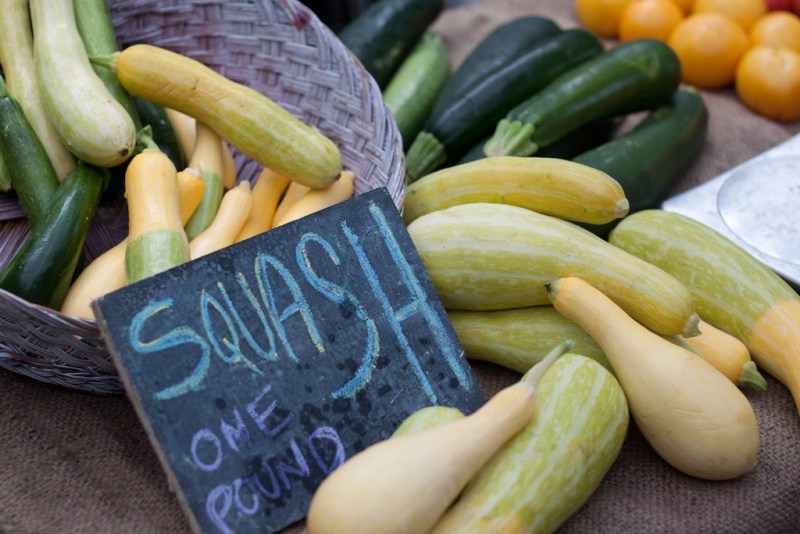
What Is a Summer Squash?
Generally speaking, summer squash is a squash that is harvested while the fruit (yes, squash is technically a fruit) is still tender, young, and edible as opposed to winter varieties that are left on the vine longer. Because of the harsher winter conditions, winter varieties obviously have a thicker skin and since they are on the vine longer, they usually have firmer flesh.
Finding the Best Squash
As you wander through the market looking for your squash, there are a few things to pay attention to. The best summer squashes have very thin and tender skin so it’s important to look for squash that doesn’t look like it was thrown around the back of a truck. Look for a squash with no blemishes and smooth, radiant skin. Kind of like a supermodel.
Does Size Matter?
Not really but like most things in life, bigger doesn’t always mean better. In the vegetable world, bigger usually means tougher so for most squash varieties other than pattypans, look for the perfectly average size of 5-6 inches. The smaller you go, the more tender the squash. When dealing with baby varieties, keep the cooking to a minimum.
Green Zucchini
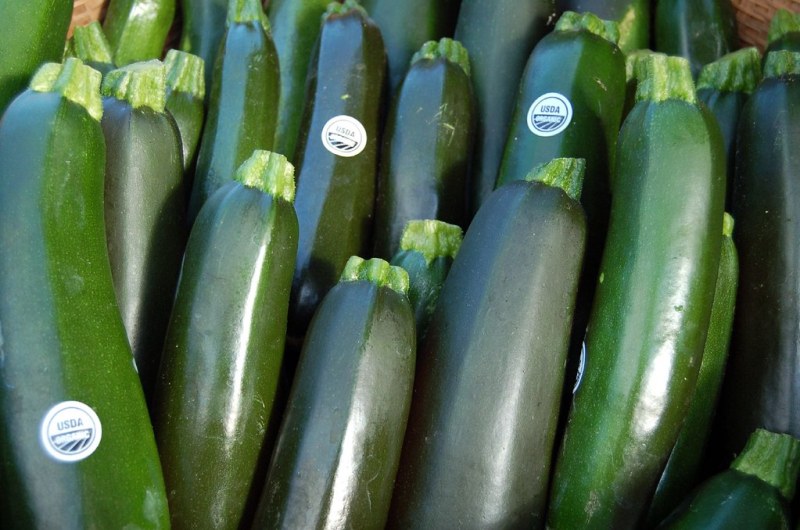
This is the OG stalwart of the grocery store produce section. Even though it’s always available, summer is peak season and it’s at its best. Green zucchini has thin, soft skin with firm, mild-tasting white flesh. The longer, and older it gets, the more watery the taste so look for fruit that’s around 5-inches. Incredibly versatile, green zucchini is great cooked or raw and in both sweet and savory preparations.
Cousa Squash
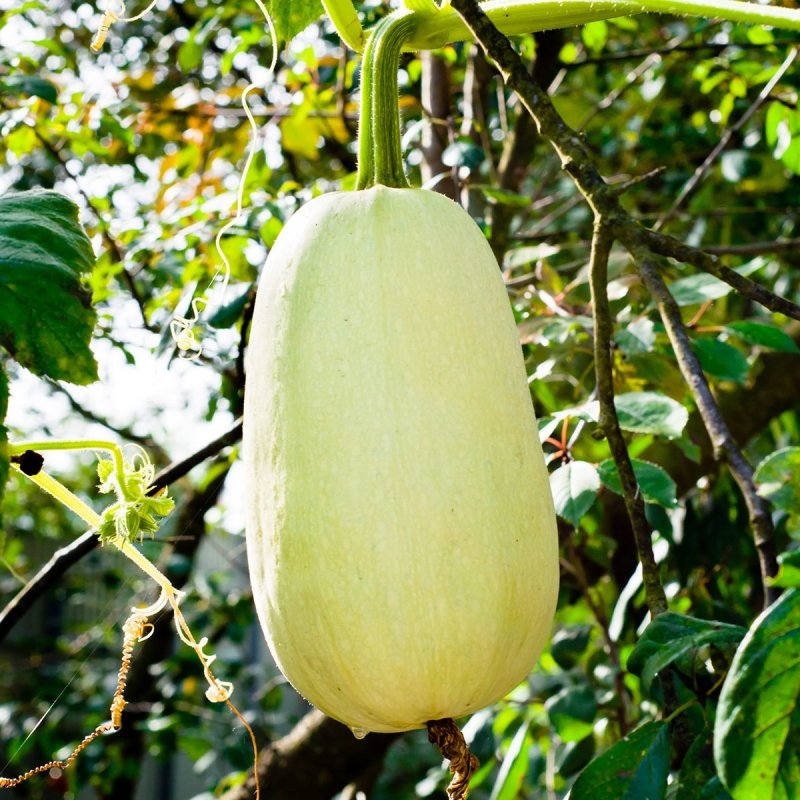
While it may look like spaghetti squash at first glance as they’re nearly identical, cousa’s flesh and seeds are both edible. Originating in the Middle East, this variety of squash has incredibly thin skin and is slightly sweeter than green zucchini. Because of its shape, this particular variety of squash is excellent for filling and roasting.
Yellow Squash
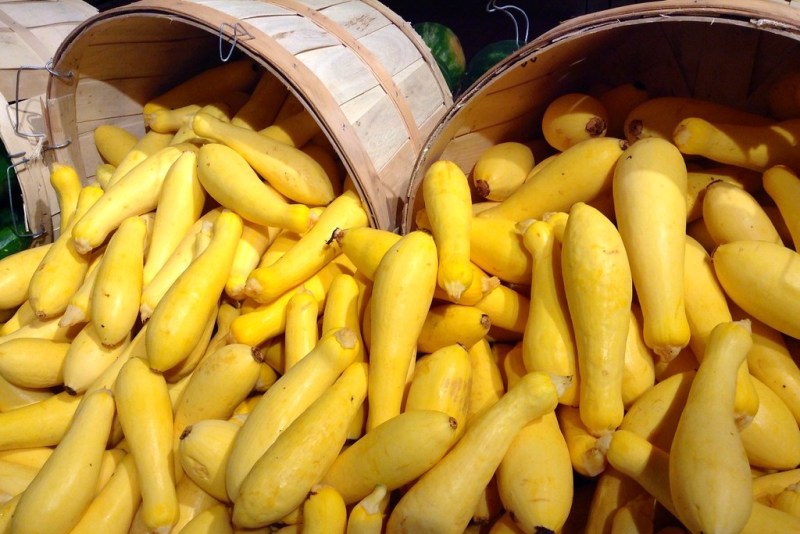
Usually sitting next to the green zucchini in the produce section, yellow squash comes in two varieties, straight neck (pictured here) and crookneck. Both have a thicker bottom that tapers to the top but the skin can range from thin and smooth to thicker and bumpy. Once cut, you’ll find creamy white flesh with edible seeds larger than most varieties of squash. Yellow squash is great in both raw and cooked preparations.
Pattypan Squash
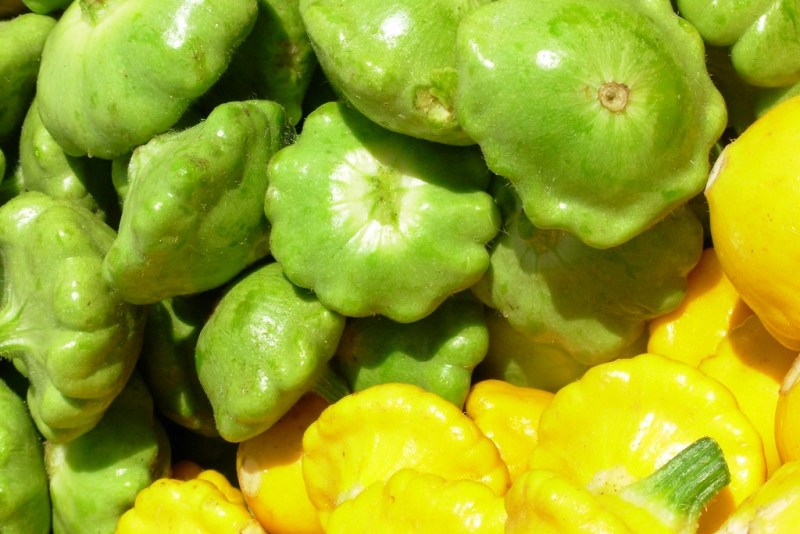
If there was an award for “The Most Cutesy Variety of Squash,” pattypan would win every time. These little UFO-shaped squash (also known as “scallop squash,”) can be green, yellow, white, or a combination of all three. Slightly denser and a little crunchier, pattypans are perfect for grilling or roasting whole or quartered and sautéed.
Zephyr Squash
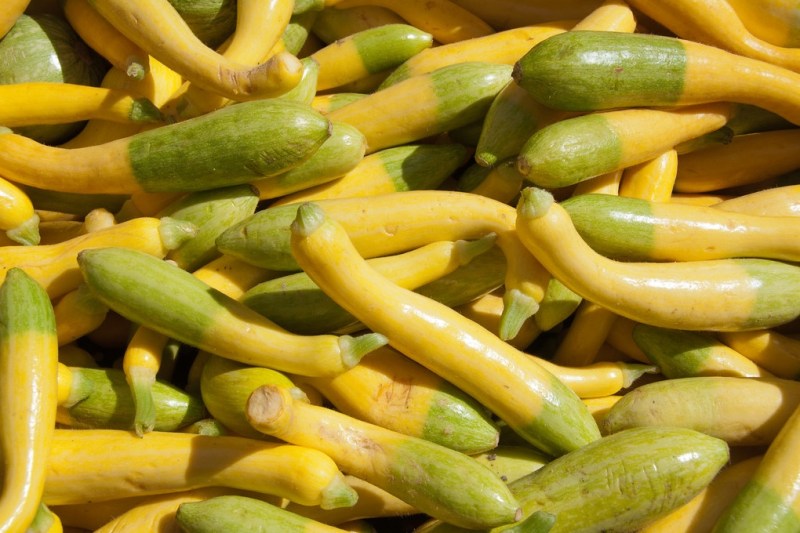
With its two-tone skin, the zephyr is instantly recognizable at the market. A hybrid of the yellow crookneck, delicata, and yellow acorn squash, the zephyr has a slightly tougher skin compared to a green zucchini with soft white flesh and a little bit of a nutty flavor.
Tromboncino Squash
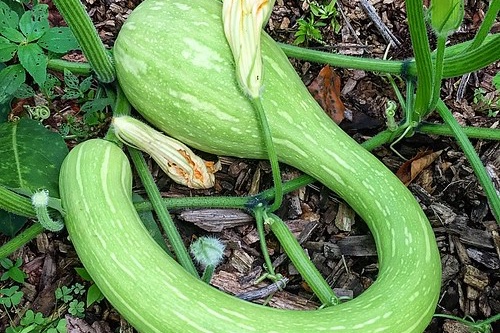
This unique heirloom variety from Italy gets its name from its very unique shape. These big boys can grow to a massive size of several feet long but for the best quality, look for ones around twelve inches in length. With a bit of a firmer texture than other varieties, tromboncino is great when diced and sautéed as a side dish.
Round Zucchini Squash
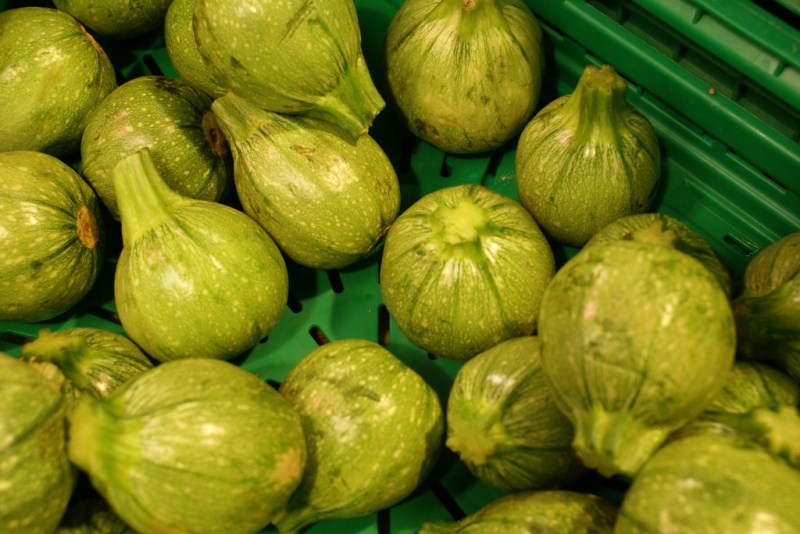
These softball-sized summer squash taste exactly like regular zucchini, but because of their size and shape, they’re a bit more fun. Given their shape, this variety is perfect for scooping out the flesh and filling them with delicious things before roasting in the oven. Fun fact: you may see an even smaller size called “eight ball squash” but just know they taste exactly the same.
Tatume Squash
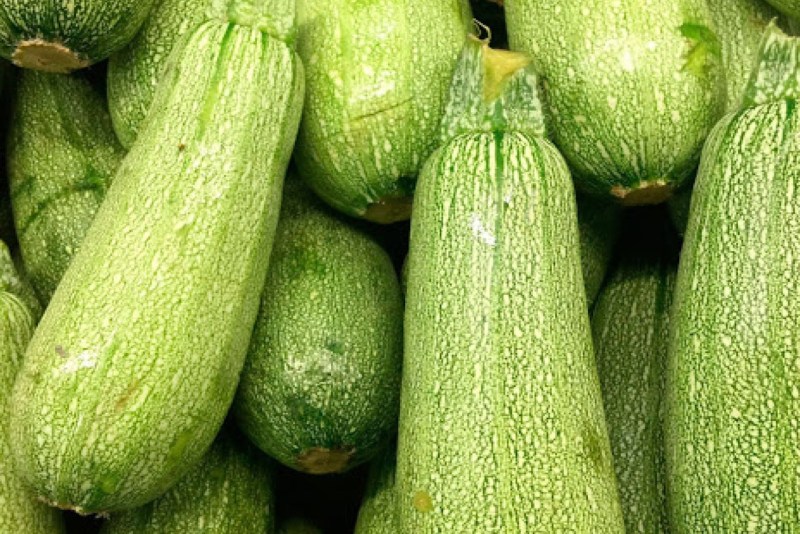
This Mexican varietal can also be found in round or oval shapes with greenish-gray skin. Also known as “Calabacita,” this particular summer squash grows exceedingly well in a hotter climate so it’s no surprise that this is a favorite not just in Mexico but in Texas and Arizona as well. Tatume has firm flesh, is slightly sweet, and also produces larger flowers that are great for stuffing.
Costata Romanesco Squash
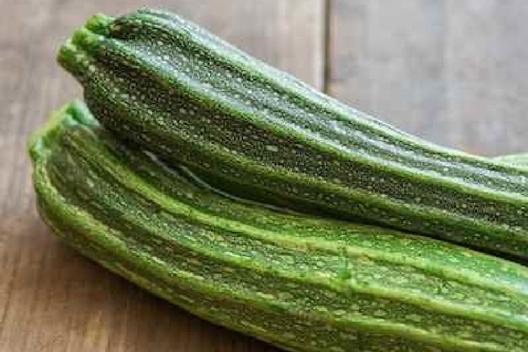
With pale-green ridges and dark-green valleys, Costata Romanesco is one of the many unique-looking summer squash varieties. Super dense flesh that is never watery, Costata Romanesco has a distinctive nutty flavor and tender skin. Great when sliced and sautéed, you can even cut it into spears and pickle them thanks to its dense flesh.
Honorable Mention: Squash Blossoms
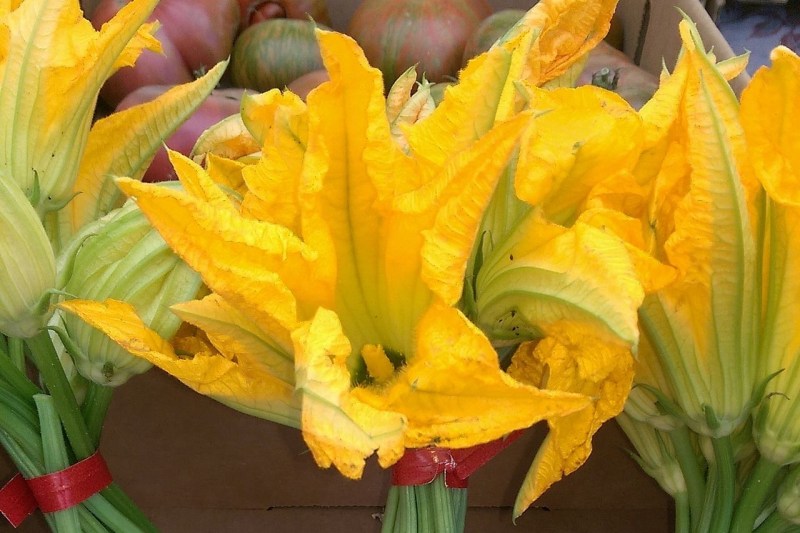
Squash blossoms don’t just look pretty, they taste good too! Throw them into salads, toss them into a pasta, or stuff them with ricotta cheese, and batter and deep fry them. Some varieties of summer squash, such as Costata Romanesco and Tatume, produce heartier and more robust flowers that make them easier to cook with.
Whether they’re grilled, roasted, sautéed, or raw, summer squash is an obvious and classic choice while they’re in season and at their best. From June until late August, look for, and try, as many varieties of squash as you can find in the market. Don’t be afraid to leave the standard green zucchini and yellow squash behind for new and exciting dishes using any of these heirloom varieties.



